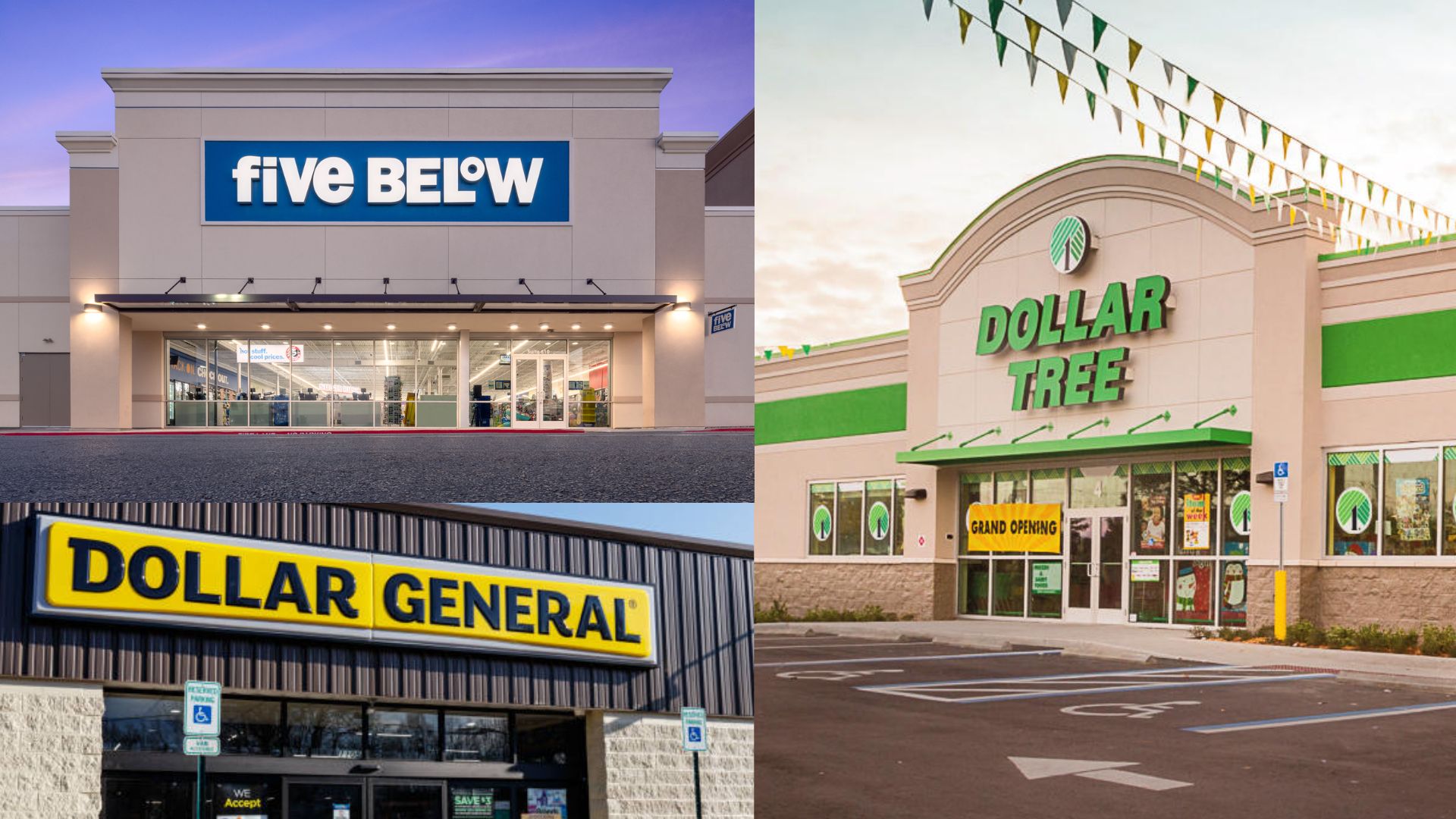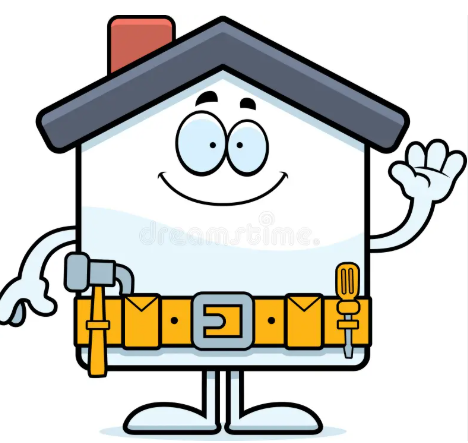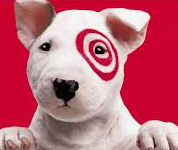The Dollar Stores – Raking in more after going back to the basics
Dollar store results for the 2H are coming in strong despite pressure on the lower-end consumer. The outperformance is the result of strong execution on Retail 101 fundamentals by new management teams. Tariff cost pass-throughs, better in-stocks, and better assortments are driving the comp-ticket. Improved store standards, consumer trade down, and increased social media marketing are driving comp-traffic. Despite the widely reported pull-back in spending by the less-affluent during the September – November period, for FQ3, the dollar stores reported comps in line with expectations, resulting in consistent 2-year trends, save Five Below, which again, reported blow out results; that stems from selling purely discretionary merchandise driven by a rocket-fueled toy / merchandise trend of Lilo & Stitch, K-Pop Demons, and SpongeBob.
7 minutes

 LOGIN
LOGIN









